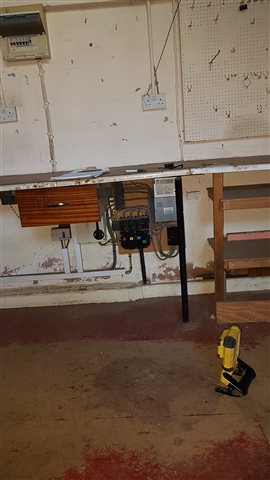Good Morning all,
We have used MATTe devices many times for PEN protection when the charger has no inbuilt protection.
The MATTe devices for single phase rely on protection settings as described in indent (iv) of 722.411.4.1
MATTe sate on their website the following:
BS 7671 does not permit a protective device as described in indent (iv) of Regulation 722.411.4.1 to be used to protect single-phase charging equipment in three-phase installations.
Quite a few devices rely on ident (iv) but other than MATTe non of them highlight this issue?
What im after if anyone would be so kind, is an explanation as to why this is the case, and why a single phase MATTe can be used on a single phase supply on a terraced house where next door will be (most likely on a different phase of the same supply) but not within a 3 phase installation.
I have an idea it is due to unbalanced 3 phase loads and voltage to neutral on one phase can appear to be ok masking any loss of neutral should it occur. But a better explanation would be great!! maybe even links to a diagram to be able to show to project managers!
